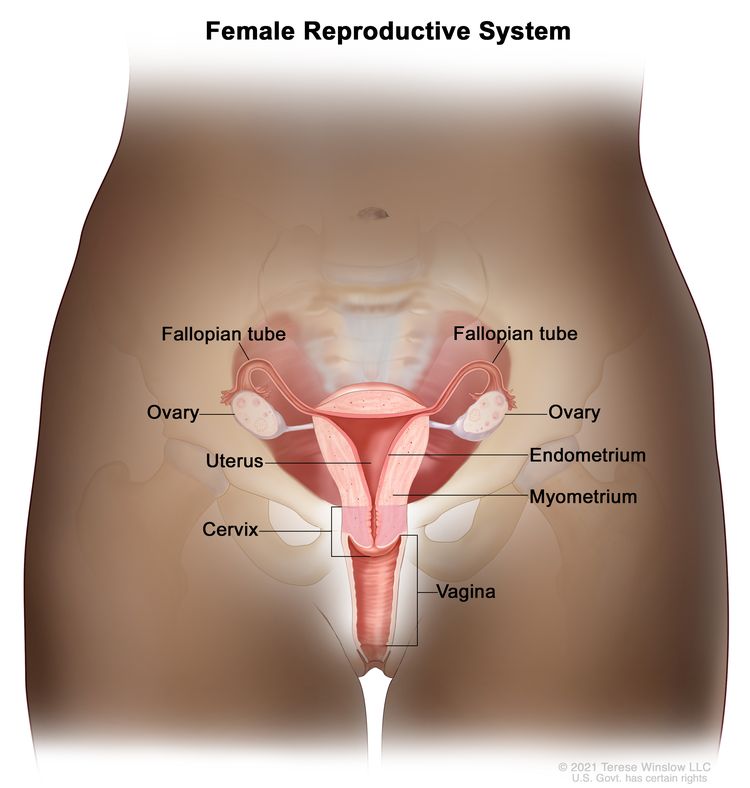Cervical Cancer Prevention (PDQ®)–Patient Version
What is prevention?
Cancer prevention is action taken to lower the chance of getting cancer. By preventing cancer, the number of new cases of cancer in a group or population is lowered. Hopefully, this will lower the number of deaths caused by cancer.
To prevent new cancers from starting, scientists look at risk factors and protective factors. Anything that increases your chance of developing cancer is called a cancer risk factor; anything that decreases your chance of developing cancer is called a cancer protective factor.
Some risk factors for cancer can be avoided, but many cannot. For example, both smoking and inheriting certain genes are risk factors for some types of cancer, but only smoking can be avoided. Regular exercise and a healthy diet may be protective factors for some types of cancer. Avoiding risk factors and increasing protective factors may lower your risk but it does not mean that you will not get cancer.
Different ways to prevent cancer are being studied, including:
- Changing lifestyle or eating habits.
- Avoiding things known to cause cancer.
- Taking medicines to treat a precancerous condition or to keep cancer from starting.
General Information About Cervical Cancer
Cervical cancer is a disease in which malignant (cancer) cells form in the cervix. The cervix is the lower, narrow end of the uterus (the hollow, pear-shaped organ where a fetus grows). The cervix connects the uterus to the vagina (birth canal).

Cervical cancer usually develops slowly over time. Before cancer appears in the cervix, the cells of the cervix go through a series of changes in which cells that are not normal begin to appear in the cervical tissue. When cells change from being normal cells to abnormal cells, it is called dysplasia. The abnormal cervical cells may go away without treatment, stay the same, or turn into cancer cells over many years.
See the following PDQ summaries for more information about cervical cancer:






















.png)











No hay comentarios:
Publicar un comentario